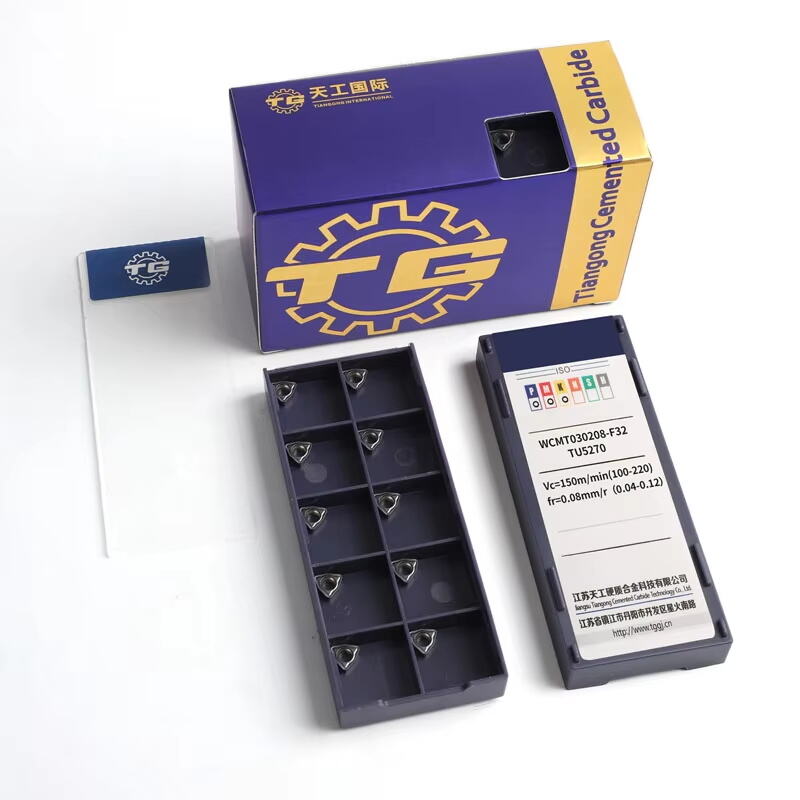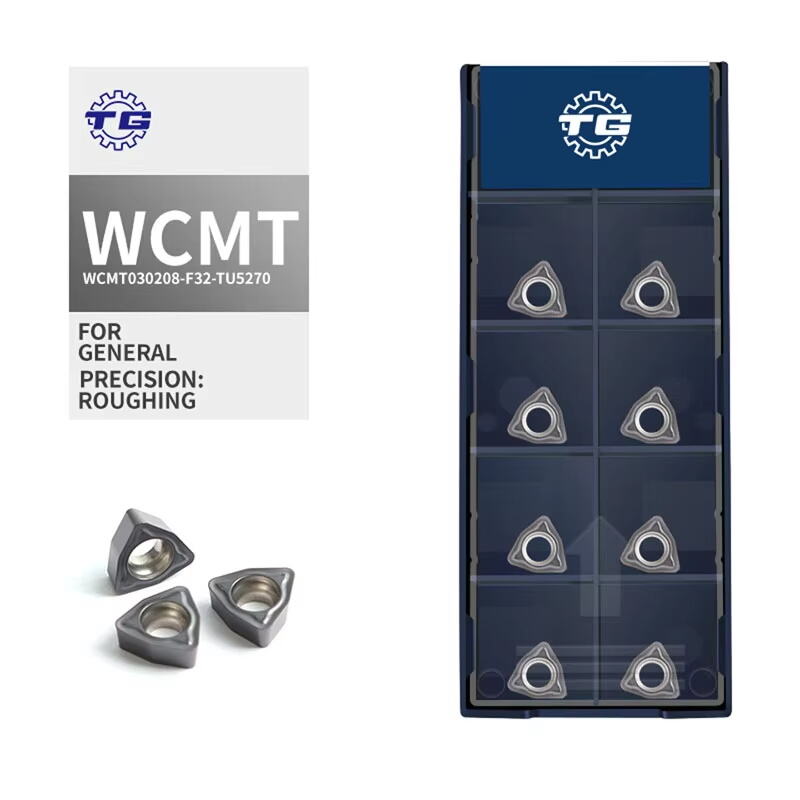Understanding the Transformation of Cemented Carbide Rods Into Cutting Tools
The manufacturing process of transforming cemented carbide rods into precision milling cutters and drills represents a fascinating blend of metallurgy, engineering, and advanced manufacturing techniques. These high-performance cutting tools form the backbone of modern machining operations, and their production requires extensive expertise and specialized equipment. The journey from raw cemented carbide rods to finished cutting tools involves multiple sophisticated steps, each critical to achieving the superior performance characteristics that modern manufacturing demands.
The use of cemented carbide rods as the base material for cutting tools has revolutionized the machining industry. Their exceptional hardness, wear resistance, and thermal stability make them ideal for creating tools that can withstand the rigorous demands of high-speed cutting operations. Understanding how these materials are processed and transformed provides valuable insights into why modern cutting tools perform so effectively.
Raw Material Preparation and Initial Processing
Selection of Cemented Carbide Grade
The process begins with careful selection of the appropriate cemented carbide rod grade. Different applications require specific combinations of hardness, toughness, and wear resistance. Fine-grained carbides are typically chosen for precision cutting tools, while coarser grades might be selected for heavy-duty applications. The cobalt content in these rods plays a crucial role in determining their final properties, with typical ranges between 6% and 12% for cutting tool applications.
Quality control at this stage is paramount, as any defects in the raw material will compromise the final tool's performance. Manufacturers conduct thorough inspections of the cemented carbide rods, checking for uniformity in composition, absence of porosity, and consistency in grain structure.
Initial Shaping and Sizing
Before the main processing steps begin, cemented carbide rods must be cut to the appropriate lengths and diameters. This is typically accomplished using precision wire EDM (Electrical Discharge Machining) or specialized grinding equipment. The cutting process must be carefully controlled to prevent thermal damage or mechanical stress that could lead to microscopic cracks.
Surface preparation is also crucial at this stage. The rods undergo preliminary grinding to ensure dimensional accuracy and surface quality. This step sets the foundation for subsequent processing operations and helps maintain consistency in the final product.
Advanced Grinding and Profiling Techniques
Precision Grinding Operations
The transformation of cemented carbide rods into cutting tools relies heavily on sophisticated grinding operations. Modern CNC grinding machines equipped with diamond wheels perform multiple grinding operations to create the complex geometries required for effective cutting tools. These operations include flute grinding, relief grinding, and point thinning for drills, or profile grinding for milling cutters.
The grinding process must be precisely controlled to maintain optimal cutting angles and edge geometry. Coolant management is critical during this phase to prevent thermal damage to the carbide material. Advanced grinding parameters are carefully calculated to achieve the desired material removal rate while maintaining surface integrity.
Creating Cutting Edges and Flutes
The formation of cutting edges and flutes represents one of the most critical aspects of tool manufacturing. For drills, helical flutes must be ground with precise angles and depths to ensure efficient chip evacuation. Milling cutters require carefully designed tooth profiles and chip breaker geometries to optimize cutting performance.
Modern manufacturing facilities employ sophisticated 5-axis grinding centers that can create complex geometries in a single setup. This technology ensures consistency across all cutting edges and maintains tight tolerances throughout the tool.

Surface Treatment and Coating Applications
Edge Preparation Processes
After the main grinding operations, cutting edges undergo specialized preparation processes. These may include micro-blasting, brushing, or honing to achieve optimal edge strength and cutting performance. The edge preparation process is crucial for extending tool life and ensuring consistent cutting behavior.
The prepared edges must strike a perfect balance between sharpness for efficient cutting and durability for extended tool life. Advanced measurement systems verify edge quality and consistency before proceeding to the coating stage.
Advanced Coating Technologies
Modern cutting tools typically receive specialized coatings to enhance their performance characteristics. These coatings are applied using processes such as Physical Vapor Deposition (PVD) or Chemical Vapor Deposition (CVD). The selection of coating material and thickness depends on the intended application of the cutting tool.
Common coating materials include titanium nitride (TiN), titanium aluminum nitride (TiAlN), and diamond-like carbon (DLC). These coatings provide benefits such as increased hardness, reduced friction, and improved thermal stability. Multi-layer coatings are often employed to combine the advantages of different materials.
Quality Control and Performance Testing
Dimensional Verification
Finished tools undergo rigorous inspection procedures to verify all critical dimensions and geometries. Advanced measurement systems, including optical and contact measuring machines, ensure compliance with design specifications. Every aspect of the tool's geometry is checked, from cutting edge angles to flute depths and core thickness.
Statistical process control methods are employed to monitor manufacturing consistency and identify any trends that might indicate process drift. This data-driven approach helps maintain high quality standards and enables continuous process improvement.
Performance Validation
Before release, cutting tools undergo comprehensive performance testing. This may include test cuts under controlled conditions to verify cutting forces, tool wear patterns, and surface finish quality. Advanced analysis techniques help optimize cutting parameters and validate tool performance under various operating conditions.
Documentation of performance characteristics provides valuable information for end users, helping them implement the tools effectively in their manufacturing processes. This data also feeds back into the design and manufacturing process for continuous improvement.
Frequently Asked Questions
What determines the grade selection for cemented carbide rods in cutting tool manufacturing?
The selection of cemented carbide grade depends on several factors including the intended application, required wear resistance, toughness needs, and cutting conditions. The cobalt content and grain size are key parameters that influence the final properties of the cutting tool.
How do coating processes affect the performance of finished cutting tools?
Coatings enhance tool performance by providing increased hardness, improved wear resistance, reduced friction, and better thermal stability. Different coating materials and technologies can be selected to optimize tool performance for specific applications and workpiece materials.
What role does edge preparation play in the manufacturing process?
Edge preparation is crucial for optimizing tool performance and longevity. It creates a stable cutting edge that can withstand the forces involved in machining while maintaining sufficient sharpness for efficient cutting. Proper edge preparation helps prevent premature tool failure and ensures consistent cutting performance.


